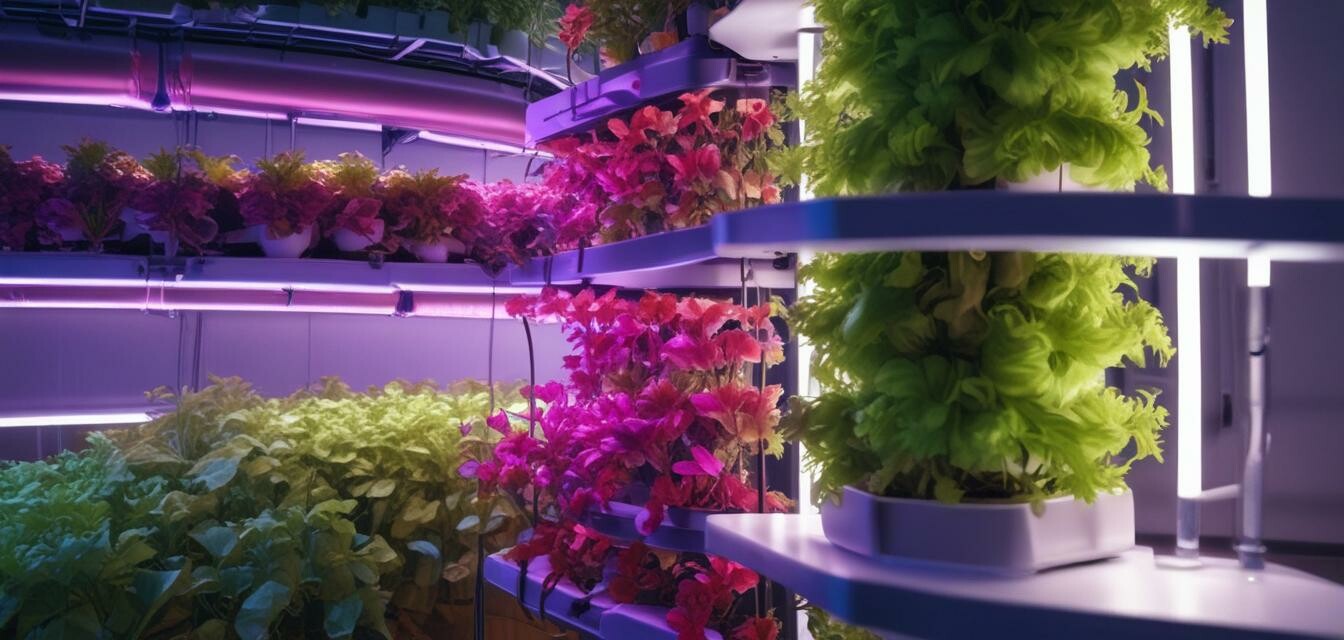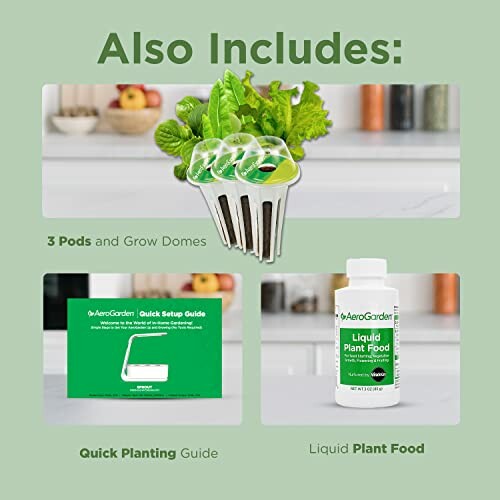
Best Hydroponic Systems for Commercial Use in 2025
Key Takeaways
- Hydroponic systems provide efficient and scalable solutions for commercial agriculture.
- The right system can significantly boost yield while minimizing resource use.
- Technology integration and automated monitoring are critical for success in commercial hydroponics.
As the world moves towards sustainable agricultural practices, hydroponic systems are becoming increasingly popular for commercial use. With their ability to produce high yields while using minimal space and resources, these systems offer a compelling solution for urban farming and large-scale production. In this article, we will explore the best hydroponic systems for commercial ventures in 2025, focusing on scalability, efficiency, and return on investment.
Understanding Hydroponic Systems
Before diving into specific models, it’s crucial to understand what hydroponic systems are and how they work. Hydroponics is a method of growing plants in a nutrient-rich water solution instead of soil. This approach allows for greater control over plant development and can lead to faster growth rates. Below are some of the common types of hydroponic systems used in commercial settings:
- Deep Water Culture (DWC)
- Hydroponic Nutrient Film Technique (NFT)
- Ebb and Flow (Flood and Drain)
- Drip Systems
- Aeroponic Systems
Why Choose Hydroponic Systems for Commercial Use?
There are several advantages to using hydroponic systems for commercial agriculture:
- Increased Yield: Hydroponics allows for year-round cultivation and higher crop density.
- Resource Efficiency: Use up to 90% less water than traditional farming.
- Space Optimization: Vertical farming systems maximize limited spaces.
- Reduced Pest and Disease Issues: Controlled environments reduce the risk of pests and diseases.
Top Hydroponic Systems for Commercial Use in 2025
Here are some of the most effective hydroponic systems recommended for commercial applications:
| Hydroponic System | Features | Best For |
|---|---|---|
| Deep Water Culture (DWC) | Simple setup, high yield with less space needed. | Leafy greens and herbs. |
| Nutrient Film Technique (NFT) | Continuous flow of nutrient solution, efficient use of water. | Short growth cycle crops. |
| Ebb and Flow | Floods the grow tray with nutrient solution and then drains | Various crops; versatile system. |
| Aeroponics | No growing medium; roots are suspended in the air and misted. | High-value crops and rapid growth. |
Featured Hydroponic Systems
AeroGarden Sprout - Indoor Garden with LED Grow Light, Black
Experience enhanced plant growth with silent operation and energy-efficient grow lights that maximize growth.
Learn MoreRise Gardens 2 Level Garden Hydroponic Indoor Garden Kit with LED Grow Light, Cloud Color
Grow up to 72 plants year-round with smart technology for easy plant care and maximum yields.
Learn MoreInvesting in Hydroponic Systems
Investing in hydroponic systems can yield high returns, but it's essential to consider factors such as initial setup costs, ongoing maintenance, and market demand for the crops you plan to grow. Having a clear business plan that includes these elements will enhance your likelihood of success.
Factors to Consider
- Crop selection and market trends.
- System scalability as your business grows.
- Energy use and operational costs.
- Local regulations and permits for installation.
Conclusion
In conclusion, hydroponic systems represent a promising avenue for commercial agriculture in 2025. With the right system, you can optimize your production, reduce resource consumption, and meet the increasing demand for fresh produce. For more information on selecting the right hydroponic system for your needs, check out our guides on Types of Hydroponic Systems and Hydroponic Nutrients and Fertilizers. Equip yourself with knowledge and explore the exciting possibilities of hydroponic gardening today.
Tips for Beginners
- Start with simple systems to learn the basics of hydroponics.
- Regularly monitor your nutrient solution and pH levels.
- Research which crops work best in hydroponic systems.
- Leverage technology for monitoring and automation.



